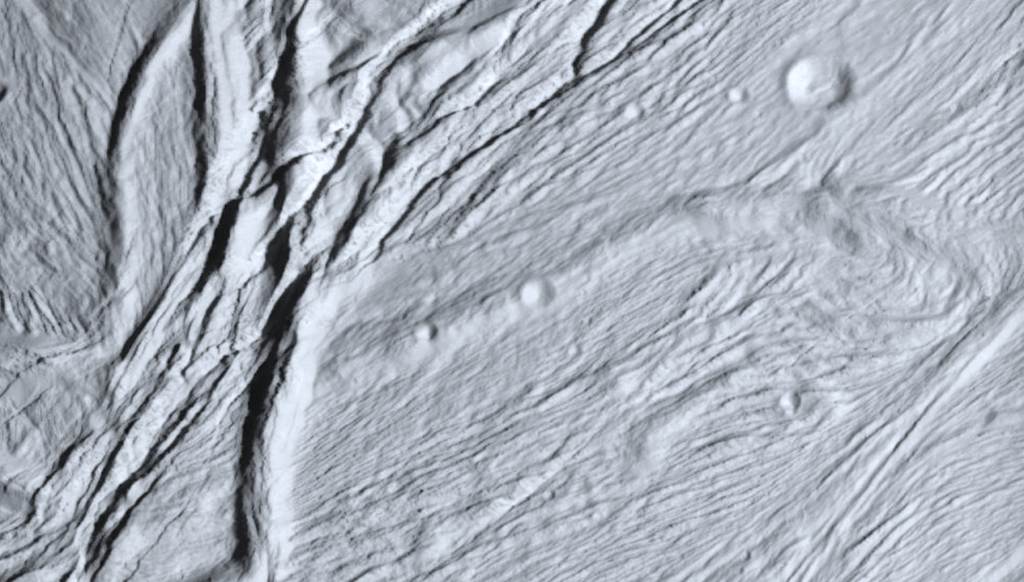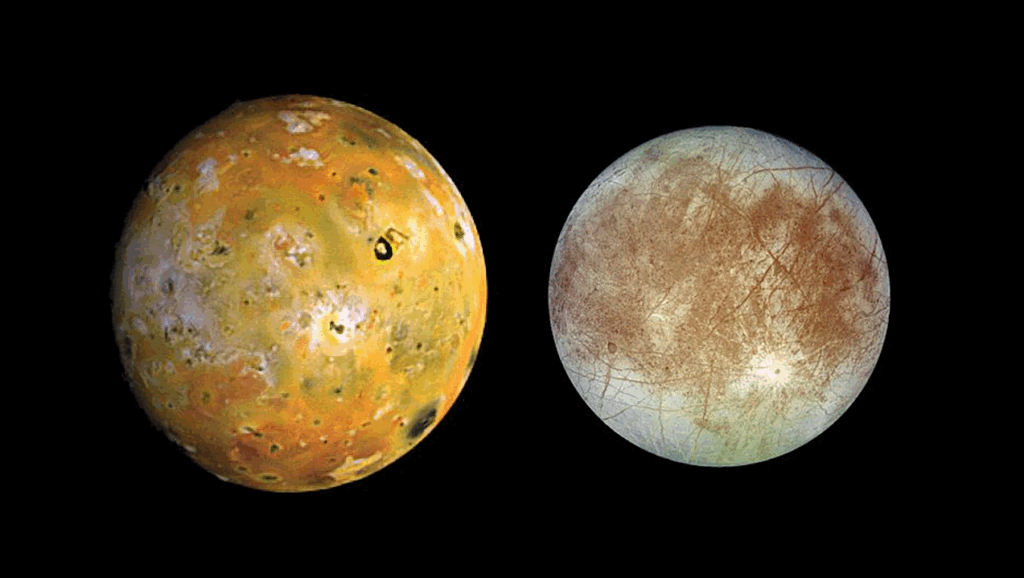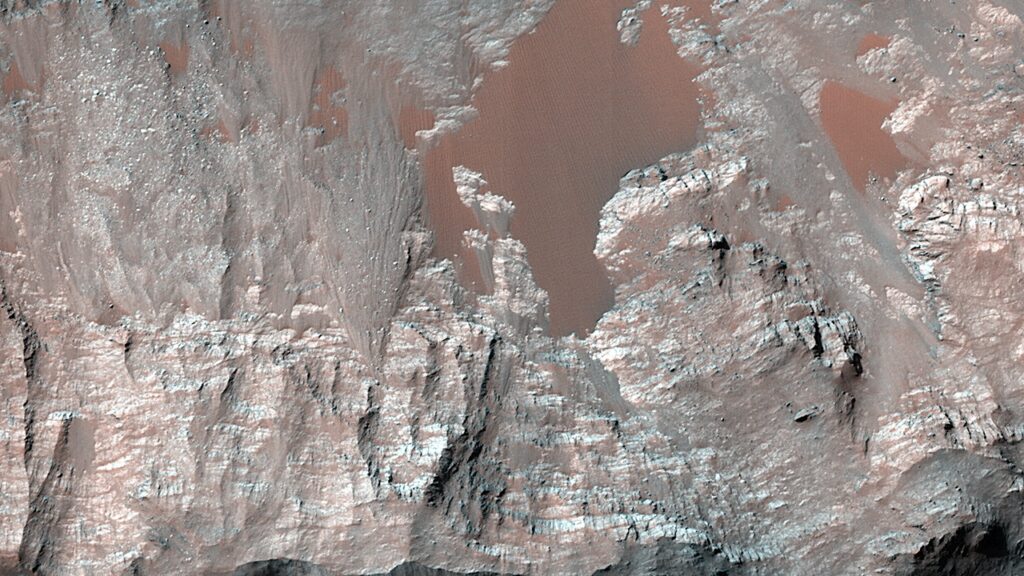Exosphere-Mediated Migration of Volatile Species On Airless Bodies Across the Solar System

Surface-bound exospheres facilitate volatile migration across the surfaces of nearly airless bodies. However, such transport requires that the body can both form and retain an exosphere.
To form a sublimation exosphere requires the surface of a body to be sufficiently warm for surface volatiles to sublime; to retain an exosphere, the ballistic escape and photodestruction rates and other loss mechanisms must be sufficiently low. Here we construct a simple free molecular model of exospheres formed by volatile desorption/sublimation.
We consider the conditions for forming and retaining exospheres for common volatile species across the Solar System, and explore how three processes (desorption/sublimation, ballistic loss, and photodestruction) shape exospheric dynamics on airless bodies. Our model finds that the CO2 exosphere of Callisto is too dense to be sustained by impact-delivered volatiles, but could be maintained by only ~7 hectares of exposed CO2 ice.
We predict the peak surface locations of Callisto’s CO2 exosphere along with other Galilean moons, which could be tested by JUICE observations. Our model finds that to maintain Iapetus’ two-tone appearance, its dark Cassini Regio likely has unresolved exposures of water ice, perhaps in sub-resolution impact craters, that amount to up to ~0.06% of its surface. In the Uranian system, we find that the CO2 deposits on Ariel, Umbriel, Titania, and Oberon are unlikely to have been delivered via impacts, but are consistent with both a magnetospheric origin or sourced endogenously.
We suggest that exosphere-mediated volatile transport could produce these moons’ leading/trailing CO2 asymmetries, and may be a seasonal equinox feature that could be largely erased by volatile migration during the Uranian solstices. We calculate that ~2.4-6.4 mm thick layer of CO2 could migrate about the surface of Uranus’ large moons during a seasonal cycle.
Jordan K. Steckloff, David Goldstein, Laurence Trafton, Philip Varghese, Parvathy Prem
Subjects: Earth and Planetary Astrophysics (astro-ph.EP)
Cite as: arXiv:2205.12805 [astro-ph.EP] (or arXiv:2205.12805v1 [astro-ph.EP] for this version)
Submission history
From: Jordan Steckloff
[v1] Wed, 25 May 2022 14:28:32 UTC (3,790 KB)
https://arxiv.org/abs/2205.12805
Astrobiology, Astrochemistry








